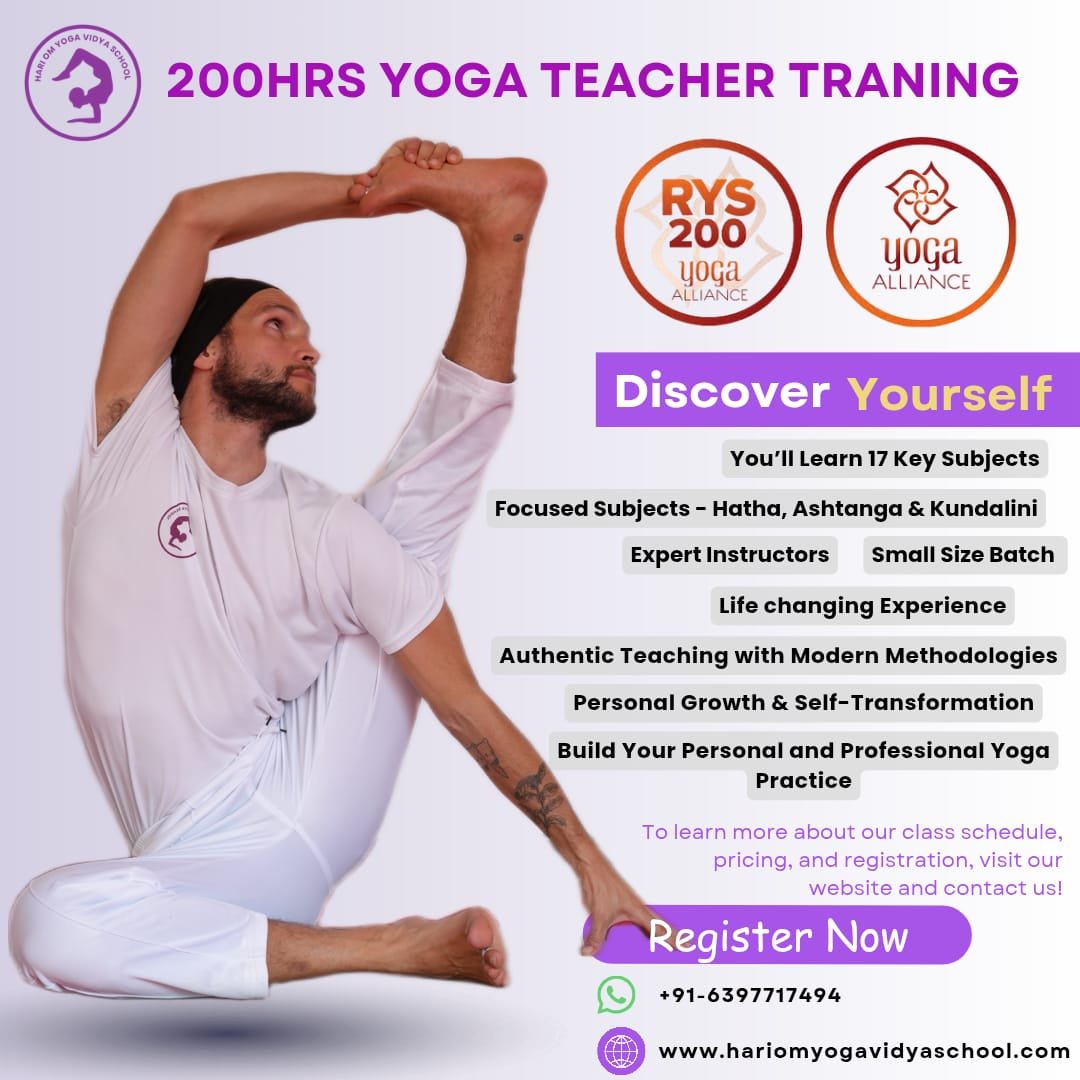Pindasana – Embryo Pose
This asana, called Pindasana or the Embryo pose is a part of the closing asanas of the Ashtanga Primary series. It relaxes the whole spine area. Moreover, the muscles of the lumbar region are deeply affected. It also strengthens the abdominal muscles and the digestive system. You have to do this asana or pose, as a shoulder stand asana. Moreover, it is an advanced level asana, which you must try after you have mastered the beginner level poses.
You need a lot of strength, stability and lower body flexibility, to be able to do this asana. You will be amazed to know, that Pindasana comprises two words – Pinda and Asana.
Pinda means ‘embryo or small ball’.
Asana means ‘pose’.
The shape of the body is exactly what the meaning is. You have to start the pose from a supine position. It involves inversion after that. Thus, you need to practice the asana under trained experts. Such advance poses awaken the dormant spiritual side, if you are able to perform it correctly.
How To Do The Embryo Pose?
You can try out the asana, after some warm up and basic poses. It will help you to utilize the flexibility to the full extent.
- Lie on the ground in supine position, with both your arms and legs straight.
- Inhale slowly, and lift the legs, such that the feet face the ceiling. You have to go into the shoulder stand pose, from this pose.
- Support your entire body with both the hands, just as you would do in the case of the shoulder stand pose.
- After your body assumes the lotus pose or the Padmasana, you have to use both your hands, to support the knees. The hands have to be stretched outwards, supporting the entire weight of the body.
- Slowly, you have to lower your knees towards the head, releasing the hands from their position, and wrap them around the legs. You have to draw your legs close to the torso.
- You have to stay in this position for five breaths.
- After the said time has elapsed, you have to release the pose and lie flat on the ground, and then you can get up slowly.
Modifications and Variations
You have to keep a few things in mind while practicing the pose.
- Ensure to keep the thighs close to the chest.
- You can also support your backside with the help of your hands.
- If your neck is not that flexible, you can put a towel or a bolster behind the shoulders. This will help you to relax the neck muscles a bit and will also help you to ease into the pose.
- If you find, that it is not possible to move into the Padmasana, while doing the pose, you can also do Sukhasana.
You have to inhale and exhale when you are doing the asana. Stay for 5 breaths in the final pose. Your gaze should be towards the nose, or Nasagra Drishti.
Safety Precautions Decoded
You have to maintain a few guidelines, while practicing the Embryo pose.
Read More: Why Is Kundalini Yoga Dangerous? The Truth About Its Risks and Rewards
- You should not put undue pressure on the body, when you are doing Embryo pose. Give your body some time to get fine-tuned.
- Moreover, you should try out a few preparatory poses before you do Embryo pose. You can try Sarvangasana, Halasana, or Virasana, before attempting this pose.
- Additionally, you should do Matsyasana, Uttana Padasana, or the Sirsasana after you do this pose. These poses will help you to get all the muscles and tissues back to their original order.
Who Should Avoid Embryo Pose?
If you are of fairly good body constitution, you can practice Embryo Pose very easily. This is an advanced level pose which you can practice today, if you have done the basics well.
For all others, the below guidelines must be followed, so that you do not suffer from any injury.
- The Embryo pose or Pindasana is a shoulder stand pose, which requires a lot of stress on the head and shoulders. Thus, you need to keep in mind, that you cannot practice the pose, if you had any kind of surgery or injury in the mentioned areas. Moreover, the spine, knees, and the hip joints are also involved, so you need to take into account any issues regarding the above areas.
- If you are suffering from any kind of trauma or anxiety, then also you must refrain from practicing this asana.
- Practicing such an advanced asana, is a huge challenge in itself. If you have not yet mastered body and breath control, then you cannot do the asana. You can also practice the asana with a bandha, but you ned to have adequate knowledge about it. Then only you can gain the ultimate advantages of Embryo Pose.
Benefits of Embryo Pose
Embryo pose has a huge number of benefits on the human body. They are:
- It stretches the body, makes it strong, and also increases the flexibility. When you do the lotus pose or the Padmasana, you are giving a deep stretch to the muscles of the legs, groin, and knees. When you are lifting the legs, you are engaging the gluteus and hamstrings. The upper body is also getting benefitted from the pose. The arms in the wraparound position, also gives a mild stretch to the triceps.
- Embryo pose increases the strength of the upper body and the balance and flexibility of the lower body. The final position also gives a great workout to the hip flexors.
- You are also able to engage your breathing knowledge and the knowledge of the bandhas, while performing this asana. Breath awareness makes you hold on to the pose. When you practice it with the bandhas, you can direct blood flow and also remove blockages from certain centres of the body.
- There is increased blood flow to the upper part of the body, as this is an inverted pose. Moreover, digestion issues also get solved, because of the slight pressure on the abdomen.
- Embryo pose will also bring mental and emotional stability, if you practice it properly according to the guidelines. It will help you to awaken the spiritual side.
Deepen Your Yoga Practice with Hari Om Yoga Vidya School
Located in the heart of Rishikesh, Hari Om Yoga Vidya School is a place where ancient yogic wisdom meets modern teaching techniques. As a top yoga school in Rishikesh, we are committed to providing authentic, immersive yoga education in a peaceful, spiritual setting. Recognized as one of the best yoga schools in Rishikesh, we offer structured training programs designed to help you evolve in your practice, whether you are a beginner or an experienced yogi.
If you’re searching for a yoga school in Rishikesh that focuses on holistic learning, experienced teachers, and a supportive community, look no further!
Read More: Everything You Need to Know About Kundalini Yoga Teacher Training
Explore Our Yoga Teacher Training & Retreats
At Hari Om Yoga Vidya School, we offer a range of courses tailored for different levels of practitioners:
✅ 100-Hour Yoga Teacher Training in Rishikesh – A foundational course for those looking to begin their yoga journey.
✅ 200-Hour Yoga Teacher Training in Rishikesh – An internationally recognized certification for aspiring yoga teachers.
✅ 300-Hour Yoga Teacher Training in Rishikesh – Advanced training to deepen your practice and refine your teaching skills.
✅ 7-Day Yoga Retreat in Rishikesh – A rejuvenating escape into yoga, meditation, and self-discovery.
✅ 10-Day Yoga Retreats in Rishikesh – A transformative experience that blends yoga, relaxation, and Himalayan serenity.
Join us for a life-changing experience and become part of our global yoga family! 🌿✨



